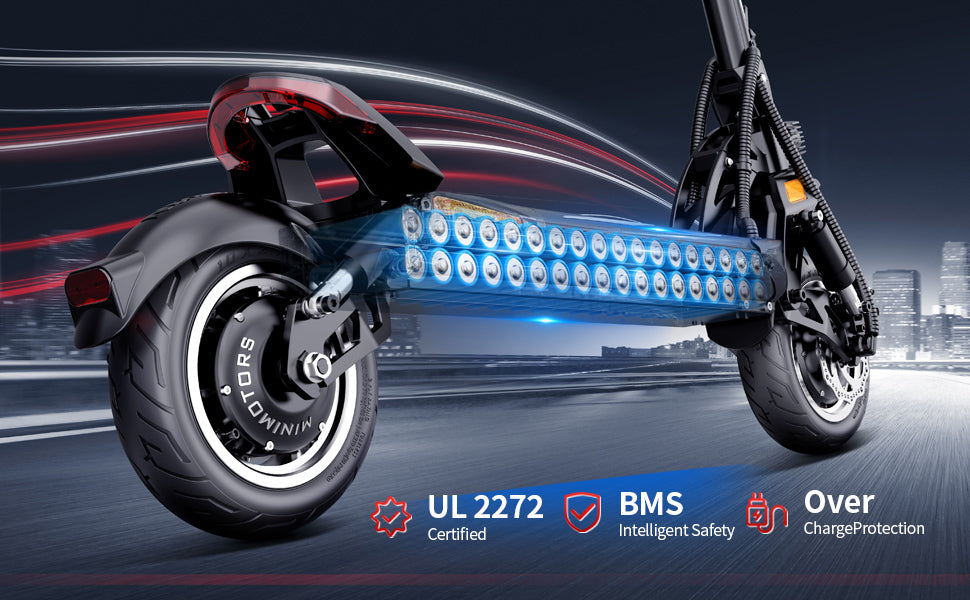
A complete guide to buying second-hand electric bicycles: a guide to avoid pitfalls and practical tips
Share
Buying a second-hand electric bicycle is an extremely cost-effective option, but how can you avoid buying a problematic bicycle? Here are the key points you need to pay attention to:
## 1. Checklist of core components
### 1. Battery health (the most critical indicator)
- **Capacity test**: require the seller to conduct an actual riding test after fully charging and record the mileage (compared with the parameters of a new car, a 60% discount is normal)
- **Charging port inspection**: no rust or looseness, the battery does not get hot when charging
- **Battery appearance**: no bulging, dents or leakage (lithium battery bulging = scrap)
- **Production date**: Check the label on the side of the battery. The performance of lithium batteries over 3 years old has dropped significantly
- **Simple detection method**: idling the throttle to see if the power display drops sharply (rapid power loss indicates battery aging)
### 2. Motor performance verification
- **Test ride test**:
- Is there any abnormal noise/frustration when starting
- Is the power linear when climbing (sudden speed drop may be a problem with the winding)
- Sliding distance after releasing the throttle (high resistance may cause motor bearing damage)
- **Fever detection**: Touch the motor temperature after riding continuously for 3 kilometers (hot = problem)
### 3. Frame structure safety
- **Key inspection parts**:
- No cracks at the front fork welding
- No deformation at the connection between the seat tube and the frame
- No impact marks on the rear flat fork
- **Simple test method**: Hold the handlebars with both hands and lift the front wheel 10cm high and let it fall freely to listen for any abnormal noise
## 2. Documents and legality that must be verified
1. **Proof of vehicle origin**:
- Original purchase invoice (check the frame number)
- If it is an over-standard vehicle, confirm whether it can be registered locally (focus on checking the motor power and maximum speed)
2. **Anti-theft registration**:
- Request the seller to provide a public security anti-theft filing certificate
- Check whether it is a stolen vehicle through official mini-programs such as "Electric Vehicle Butler"
3. **Modification identification**:
- Compare the driving license photo with the actual vehicle (common modifications: lengthen the seat, remove the pedals)
- Unauthorized modification of the car may not be transferred and may be investigated by the traffic police
## 3. Reference standards for price evaluation
| Age of the car | Models with an original price of about 3,000 yuan | Models with an original price of about 5,000 yuan |
|------|-------------------|-------------------|
| Within 1 year | 1,800-2,200 yuan | 3,000-3,500 yuan |
| 2 years | 1,200-1,500 yuan | 2,000-2,500 yuan |
| 3 years + | ≤1,000 yuan | ≤1,500 yuan |
*Note: The specific fluctuation is ±15% based on the battery replacement record and the appearance color*
**Bargaining basis**:
- The price can be reduced by 200-300 yuan for every 10% below the standard for battery health
- The price can be reduced by 100 yuan/piece for severe tire wear (see wear mark)
- If the charger and other accessories are missing, the price can be reduced by 50-100 yuan/piece
## IV. Professional testing skills
1. **Controller testing**:
- Repeatedly and quickly open and close the electric door lock to observe whether the instrument shows garbled characters
- Turn on the throttle when the headlights are turned on. If the light becomes significantly dimmer, it means that there is a problem with the controller filter
2. **Brake system test**:
- Check whether the ABS works when braking on a slippery road (if any)
- Whether the disc brake disc is worn eccentrically (judged by touching the edge with a finger)
3. **Line hidden danger inspection**:
- Open the seat bucket to check whether the line is messy and the tape is wrapped (there may have been an accident)
- Shake the main harness connector without looseness
## V. Transaction precautions
1. **Best time to view the car**: After rainy days (easy to expose the problem of water inflow in the circuit)
2. **Essential tools**: multimeter (measure battery voltage), flashlight (check the bottom of the car)
3. **Must be agreed in writing**:
- Battery warranty period (recommended at least 15 days)
- If it is found to be an accident car, a full refund will be given
4. **Transfer process**: Complete the transfer of ownership on site through the "Smart Traffic Management" APP
## VI. Special risk warning
⚠️ **Several types of cars that must not be bought**:
- The frame number is blurred by grinding
- The seller refuses to test ride
- The price is more than 30% lower than the market price
- Using a non-original charger (may damage the battery)
- The instrument shows that the total mileage is less than 1000km but the tire pattern is worn flat (the meter is adjusted)
It is recommended to give priority to commuting cars transferred by individuals (usually well maintained), and be cautious about the cars used by takeaway riders (generally high-load use). The locks should be replaced immediately after the transaction is completed to prevent the original owner from leaving a spare key.